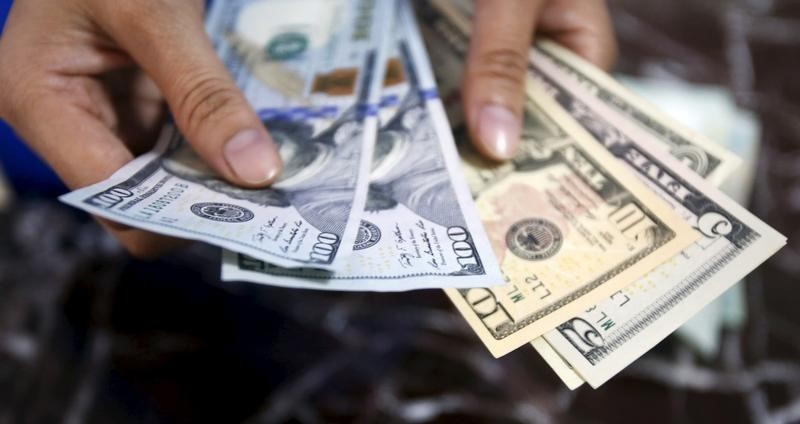Investing.com - The U.S. dollar was modestly lower on Friday as the salvos of a trade war between the U.S. and China began.
The U.S. dollar index, which measures the greenback’s strength against a basket of six major currencies, was down 0.07% to 94.06 as of 5:38 AM ET (9:38 GMT).
Trade conflict between the two biggest economies in the world began in force on Friday, when U.S. tariffs on $34 billion worth of Chinese goods went into effect at 12:01 AM ET (04:01 GMT). An additional tariffs on another $16 billion expected to go into effect in two weeks. Meanwhile U.S. President Donald Trump has given instructions to identify a further $300 billion in possible Chinese goods.
China has also retaliated with tariffs on $34 billion of American goods, according to Xinhua news. Beijing had previously said it would impose tariffs on U.S. agricultural products, crude imports, and vehicle products.
The dollar was lower against the safe-haven yen, with USD/JPY decreasing 0.03% to 110.62. In times of uncertainty, investors tend to invest in the Japanese yen, which is considered a safe asset during periods of risk aversion.
The euro gained ground, boosted by strong German industrial orders on Thursday and reports that the U.S. could soften its trade tariffs on European Union automakers.
EUR/USD rose 0.15% to 1.1706. The pound was also higher, with GBP/USD rising 0.06% to 1.3232 as Prime Minister Theresa May’s cabinet began its one-day summit on Brexit.
Elsewhere, the Australian dollar was higher, with AUD/USD up 0.28% at 0.7409, while NZD/USD rose 0.41% to 0.6811.. The loonie was slightly lower against the greenback, with USD/CAD up 0.03% to 1.3136.
